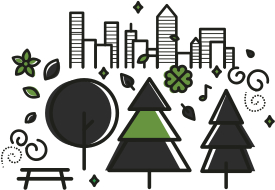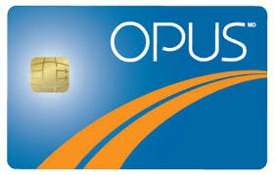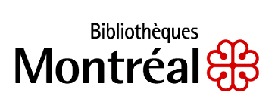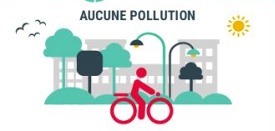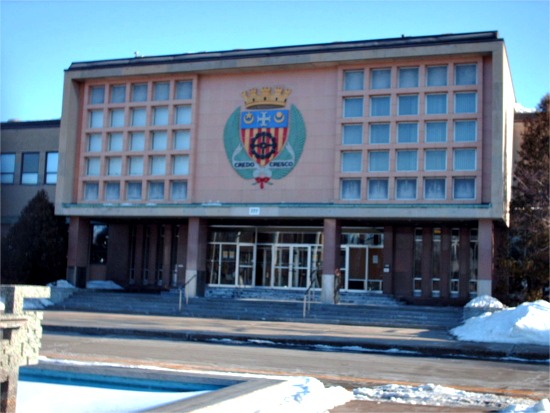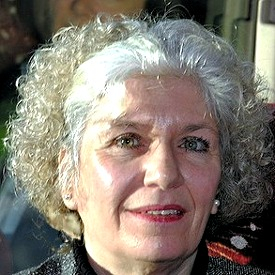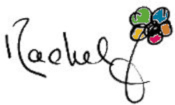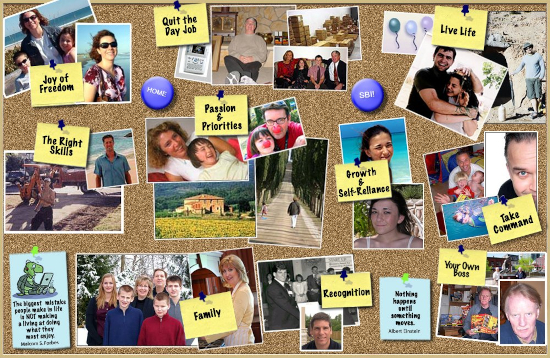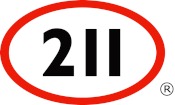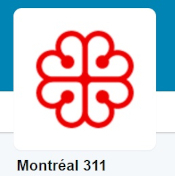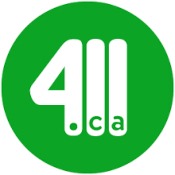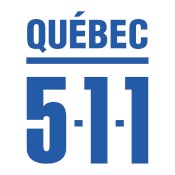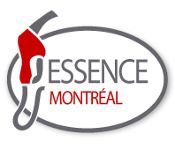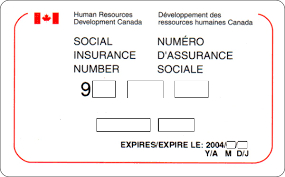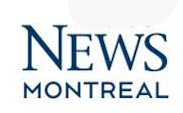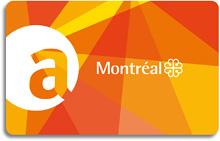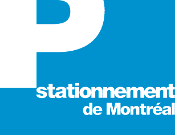Saint-Laurent Borough
In the Saint-Laurent borough, the management department is divided into four departments, Administrative Services and Registry, Culture, Sports, Recreation and Social Development, Public Works and, Urban Planning and Business Services.
The main responsibility of the Administrative Services is to make sure that all the financial, informational, material and human resources are properly managed.
The Culture, Sports, Recreation and Social Development department is responsible for organizing artistic, cultural, recreational and sports activities.
Public Works are responsible for adopting bylaws and regulations regarding the environment. A department also responsible for maintaining in good condition the public buildings, infrastructures, vehicles and equipment of the borough.
Finally, the Urban Planning and Business Services department is divided in two, the permits and inspections division and the urban planning division.
Saint-Laurent Urban Daily
The residents of Nouveau Saint-Laurent and Bois-Franc are lucky to have an easy access to the Vieux-Saint-Laurent and to the calm and peaceful atmosphere of something like an urban country area.
An historic district approximately bounded by Côte-Vertu, Sainte-Croix, Saint-Louis and Marcel-Laurin.
A Vieux-Saint-Laurent known for its brick and stone exteriors, for its multi-ethnic population and for its Saint-Laurent church.
First, a chapel was built in 1701 or 1702 where the Rockland Shopping Centre now stands, then a stone church was blessed on August 10, 1735 on the site of the current Saint-Laurent Church south of the Métropolitaine Autoroute and de l'Acadie boulevard intersections.
Saint-Laurent Economic Equilibrium
The Saint-Laurent borough and mayor both focused on sustainability and environmentalism for quite awhile now and have finally been able to reduce their greenhouse gas emissions despite a significant population growth and a strong residential development.
Results that are due to the excellent participation of all those involved.
A participation that includes local residents, commercial establishments, industrial firms, institutions, organizations and, of course, the borough administration.
A borough administration that introduced measures to replace fuel oil with electric heating or dual energy, as well as bylaws and regulations that stipulate that the roof of nonmunicipal buildings and structures must be white or green.
A borough that also created biodiversity corridors, those that provide landscape connections between large areas of habitat.
Corridors that lower temperatures, enable migration, colonization and interbreeding of various insects such as butterflies and promote biodiversity in plants and animals.
Saint-Laurent Urban Gardens
What are now called "quartiers verts" or "green neighborhoods" are residential urban areas that have been redesigned to encourage residents to walk, to use their bike and/or the public transit instead of their car.
Green neighborhoods managed by the borough administration and green spaces nearby schools and commercial buildings along with more sustainable and more enjoyable green environments.
It should be mentioned however that Green Neighborhoods and Éco-quartiers are not the same. The Éco-quartiers were created by the City of Montreal to promote environmental education and to encourage environmental initiatives such as waste management, neighborhood cleanups and green space developments.
Saint-Laurent Public Transport Services
Saint-Laurent is the largest borough in the city of Montreal and its transportation system reflects the extent of its territory.

A transportation system that includes Exo Bus and a terminus located partly north, partly south of the Cote-Vertu Metro station.
A metro station nearby the Vanier College, an English public college, the LaurenHill Academy, an English public school and the Cégep de Saint-Laurent, a French college.
A borough with two Metro stations, du Collège and Côte-Vertu, three commuter train stations, Bois-Franc, du Ruisseau and Montpellier and four autoroutes, 15, 40, 520 and 13. Also convenient is Route 117, a provincial highway between Montreal, Québec and Ontario as well as six major boulevards, Marcel-Laurin, Henri-Bourassa, Cavendish, Côte-Vertu, Décarie and Thimens.
Saint-Laurent Urban Geography
In the Saint-Laurent borough, the names of the local streets and local parks are either fragments of its history or, they recall a family or, they perpetuate the name of an illustrious person. Simple reminders of the past and signs of the future.
For example, in Greek mythology, Borée is the son of Asteros and Eos which means Dawn. Borée as in rue du Borée is the personification of the North wind, one that blows from the north to the south.
As for Chinook and rue du Chinook, the word represents a warming wind or a weather system that comes from the ocean. A wind called Snow Eater by the Blackfoot people of Alberta and Saskatchewan. A warm wind that blows over a snow surface.
Then, rue des Montérégiennes refers to the Monteregian Hills, a linear chain of isolated hills in Montreal and in the Montérégie, between the Laurentians and the Appalachians. The Laurentians being a mountain range in southern Quebec and the Appalachians being a system of mountains in eastern North America.
Montreal Kits
Saint-Laurent Borough
Remember that East is called NORTH in Montreal and West is called SOUTH based on our two Rivers, Rivière-des-Prairies (North) St-Lawrence (South)
Disclaimer Keep in Touch! Montreal Tourism
Privacy Policy Rachel Louise Barry Sitemap
Montreal Kits © All Rights Reserved 2018-2024
The information provided by Montreal Kits is informational only and has no legal value.







